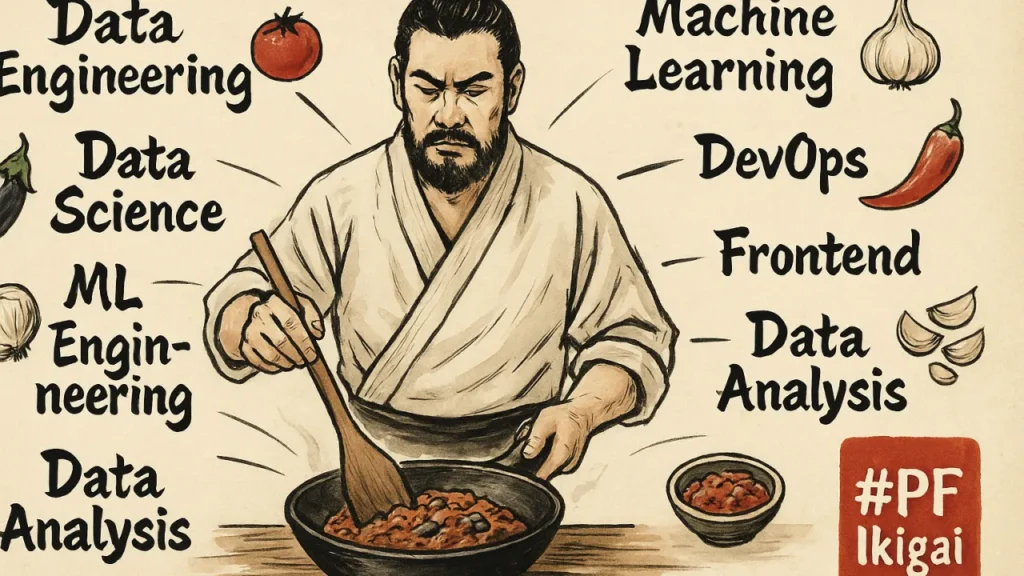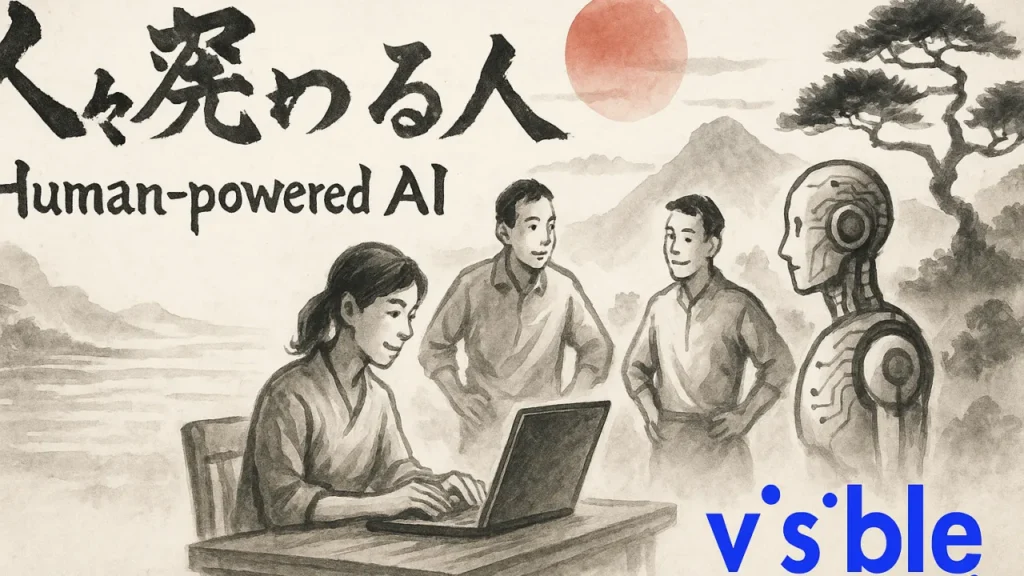Tech Writers at PF
Here’s no one talks about when they dream about the AI, the budget, yeah the capex and opex. The age of AI is arriving fast—but it’s arriving in the middle of a fiscal storm.
CTOs everywhere are being asked to drive transformation while also cutting costs. To embrace AI-native infrastructure while still supporting legacy stacks. To reimagine the future, but not touch the balance sheet. It’s a paradox—but it’s real.
Everywhere I turn, the story is the same:
- OPEX pressure from bloated KTLO and half-complete platform rewrites
- CFO fatigue around cost justification for experimental tech
- Teams unsure how to pivot without breaking what already barely works
And yet, AI won’t wait. The tools are moving fast. The use cases are maturing. The workforce expects augmentation. This is not a hype cycle. This is a new operating model.
So what do we do when cost constraints and innovation pressure collide?
The False Choice: Wait vs. Act
The most dangerous myth right now is this:
“Let’s wait for AI to prove ROI before we commit.”
That’s like waiting for a wildfire to show you its path before you move your house.
But equally dangerous is the other extreme:
“Let’s throw money at AI and figure out how to rationalize it later.”
We’ve seen how that ends. Tech debt. Burned trust. Missed outcomes.
The real path forward isn’t about choosing between AI or fiscal discipline—it’s about sequencing them. You don’t bet the farm. You sunset the status quo while you fund the future in layers:
- Retire outdated platforms that create maintenance drag
- Repurpose internal talent to experiment with GenAI tooling
- Focus AI investments on internal productivity first (faster ROI), then customer-facing innovation
- Avoid hiring sprees—invest in capabilities, not just headcount
Lessons From the Year of Efficiency
At Meta, I lived through one of the hardest transformations of my career—what the company called the Year of Efficiency. For the first time, Big Tech was not talking about 10x growth or moonshots. It was talking about tens of thousands of layoffs, tightening infra spend, and re-evaluating what truly mattered.
In that environment, I learned that:
- Every new tool must come with a trade-off—if you build, what are you retiring?
- AI should improve unit economics, not just deliver shiny demos
- Internal transformation comes first—use AI to help engineers, sales, and support before you sell it externally
- No one funds generic “AI”. They fund outcomes.
Even at the scale of Meta, we had to justify every platform cost, earn infra buy-in, and sequence initiatives to avoid compounding chaos.
That experience gave me a deep respect for fiscal clarity in tech leadership. Because when pressure hits, only two things speak clearly: your value, and your numbers.
The CFO Is Not Your Enemy—They’re Your Leverage
To lead in this era, CTOs must speak both product and P&L:
- Build a relationship of trust with your CFO
- Show how you’ll reduce spend in one place to fund AI in another
- Align with the CEO to focus on AI that builds durable advantage, not one-off proofs of concept
- Create transitional blueprints—where AI investment is paired with platform simplification
This isn’t the time for wishlist AI. This is the time for strategic, finance-aligned innovation.
The Ikigai Insight
A great CTO doesn’t just build the future—they sequence it into the present without breaking the business.
That means:
- Transitioning platforms without disruption
- Experimenting without overspending
- Scaling AI without sacrificing trust or talent
- Leading with both courage and constraint
AI may be the most important wave of our generation. But it needs to ride on a foundation of budget discipline, sequencing strategy, and bold yet measured leadership.
Let others chase headlines. Let’s chase impact—that lasts.





